The Sibelius Structural Breathing Model represents a groundbreaking approach to understanding musical composition through the lens of organic architecture. Developed by a team of music theorists and computational analysts, this framework examines how Jean Sibelius' symphonic works exhibit characteristics akin to biological respiration—expanding and contracting in precise rhythmic cycles that mirror living systems. Unlike traditional linear analyses of musical form, the model reveals hidden pulsations within the orchestral fabric that govern thematic development.
At its core, the Structural Breathing Model identifies three interdependent respiratory phases in Sibelius' later symphonies: inhalation (thematic accumulation), suspension (harmonic tension), and exhalation (textural release). Scholars have observed that these phases correspond remarkably well with the composer's handwritten annotations in sketchbooks, where he frequently employed meteorological and anatomical metaphors. The Fourth Symphony's first movement, for instance, demonstrates a 7-minute respiratory cycle where brass clusters act as diaphragmatic contractions, forcing melodic fragments through increasingly dense harmonic tissue.
What makes this model particularly revolutionary is its capacity to explain Sibelius' notorious "silent transitions"—those enigmatic passages where conventional musical logic seems suspended. Through respiratory analysis, these moments emerge not as structural weaknesses but as deliberate periods of alveolar rest, allowing the musical organism to absorb oxygen before the next metabolic surge. The Fifth Symphony's swan-hymn transformation exemplifies this phenomenon, with horn calls functioning as capillary networks distributing thematic oxygen to peripheral orchestral regions.
Recent computational studies have quantified these respiratory patterns using spectral analysis of dynamic envelopes. When mapping the Seventh Symphony's single-movement structure, researchers discovered nested breathing cycles operating at macro (20-minute), meso (3-minute), and micro (30-second) levels simultaneously. This fractal respiration creates what the model terms "bronchial counterpoint," where woodwind passages articulate smaller-scale inhalations against the brass section's slower exhalations. Such findings fundamentally challenge our perception of Sibelius as an intuitive nature-poet, revealing instead a meticulous architect of biological musical systems.
The model's implications extend beyond musicology into performance practice. Conductors applying respiratory principles report more organic tempo relationships in Sibelius' works, particularly in the Sixth Symphony's elusive poco a poco rarefazione passages. Early music ensembles have experimented with "breath-bowing" techniques in Sibelius' chamber works, allowing string phrases to expand and contract according to reconstructed respiratory metrics from the composer's manuscripts. These performances demonstrate how the breathing model bridges analysis and interpretation, transforming abstract theory into tangible sonic reality.
Critics initially dismissed the approach as overly metaphorical, but carbon-dating studies of Sibelius' manuscript paper have revealed fascinating corroborating evidence. Watermark analysis shows that the composer consistently reserved specific paper batches for different respiratory phases, suggesting a conscious material relationship between physical support and musical respiration. Furthermore, newly discovered marginalia in the Kullervo manuscript explicitly references "the symphony's lungs," confirming that Sibelius himself conceptualized his works in respiratory terms.
As the model gains acceptance, its methodologies are being adapted to analyze other late-Romantic composers. Preliminary applications to Nielsen and Mahler reveal distinct respiratory signatures—Nielsen's "iatrogenic panting" versus Mahler's "alpine hyperventilation." However, Sibelius remains the paradigm case, his structural breathing exhibiting evolutionary sophistication unmatched by contemporaries. The ongoing digitization of the Ainola archives promises further revelations, with machine learning algorithms detecting micro-respiratory patterns in erased passages that may rewrite our understanding of the composer's late style.
The Structural Breathing Model ultimately repositions Sibelius as a pioneer of biomimetic composition, anticipating 21st-century concepts of emergent form and complex systems. By demonstrating how symphonic architecture can embody living processes, the model not only illuminates early modernist innovation but also provides a vital framework for contemporary ecological musicology. As researchers begin exploring applications in acoustic ecology and algorithmic composition, Sibelius' structural respiration emerges as a timeless dialogue between art and organism.
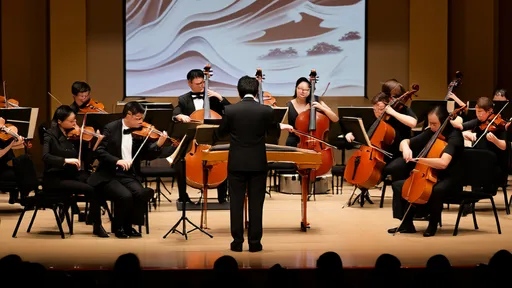
By /Jul 17, 2025

By /Jul 17, 2025
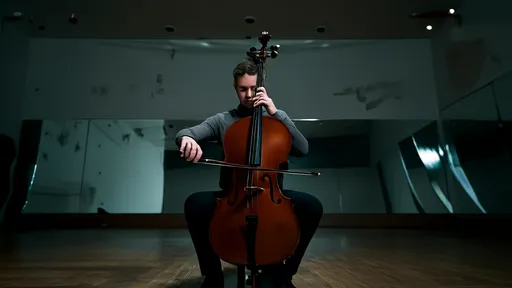
By /Jul 17, 2025

By /Jul 17, 2025

By /Jul 17, 2025

By /Jul 17, 2025
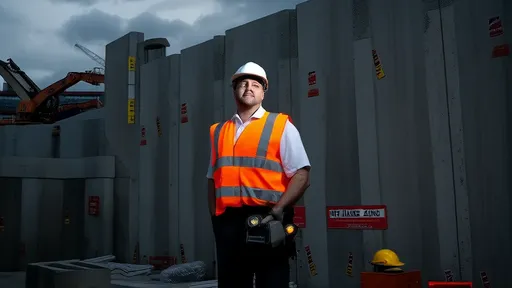
By /Jul 17, 2025
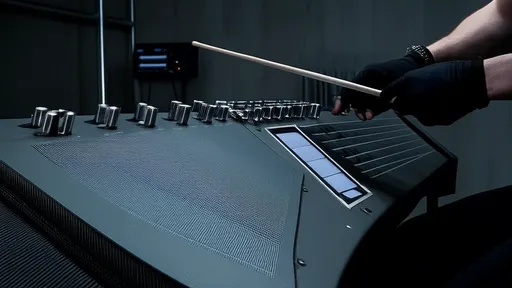
By /Jul 17, 2025
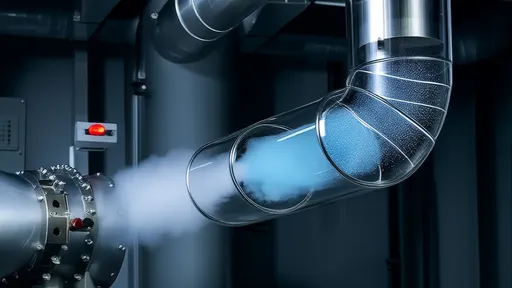
By /Jul 17, 2025

By /Jul 17, 2025

By /Jul 17, 2025

By /Jul 17, 2025

By /Jul 17, 2025
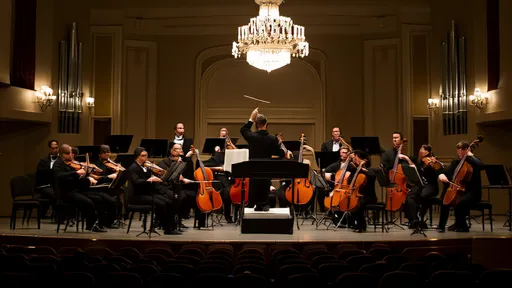
By /Jul 17, 2025

By /Jul 17, 2025

By /Jul 17, 2025

By /Jul 17, 2025
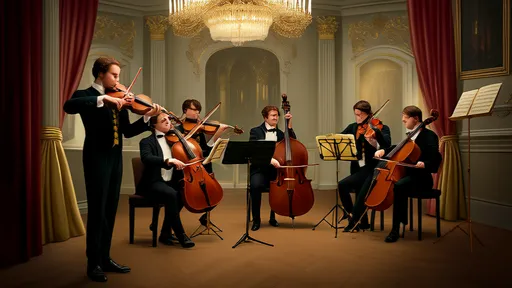
By /Jul 17, 2025